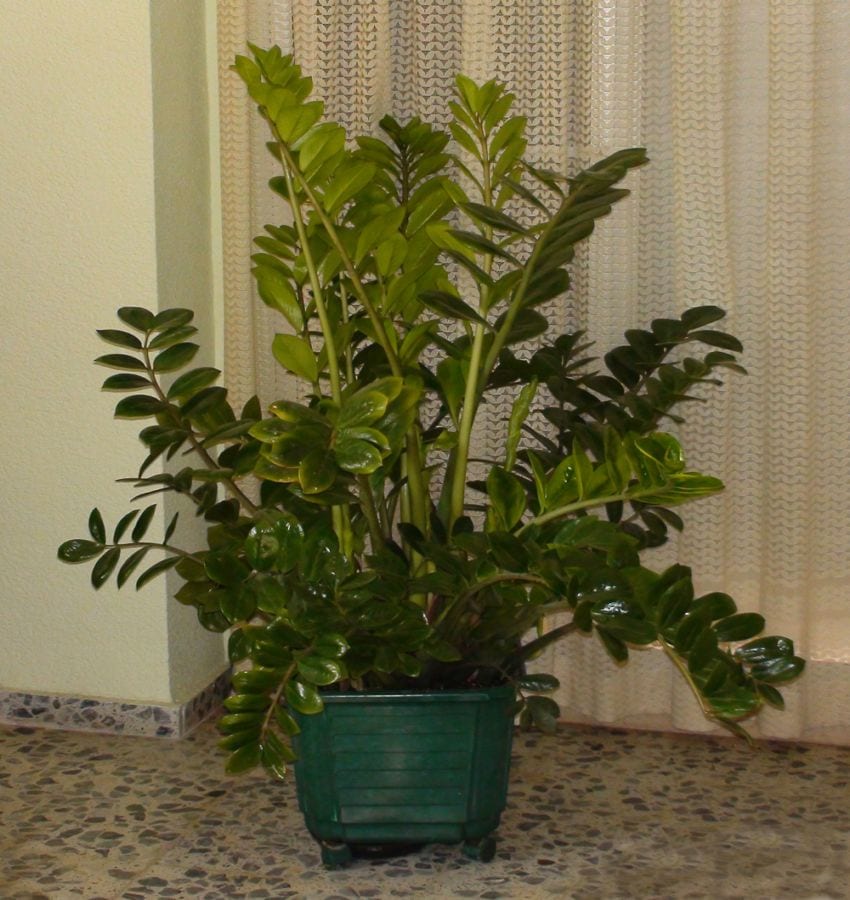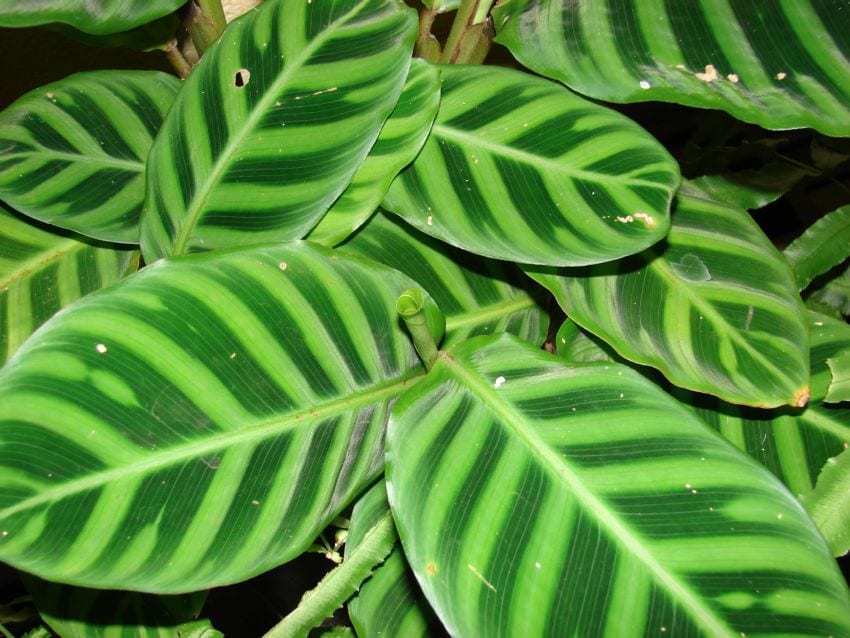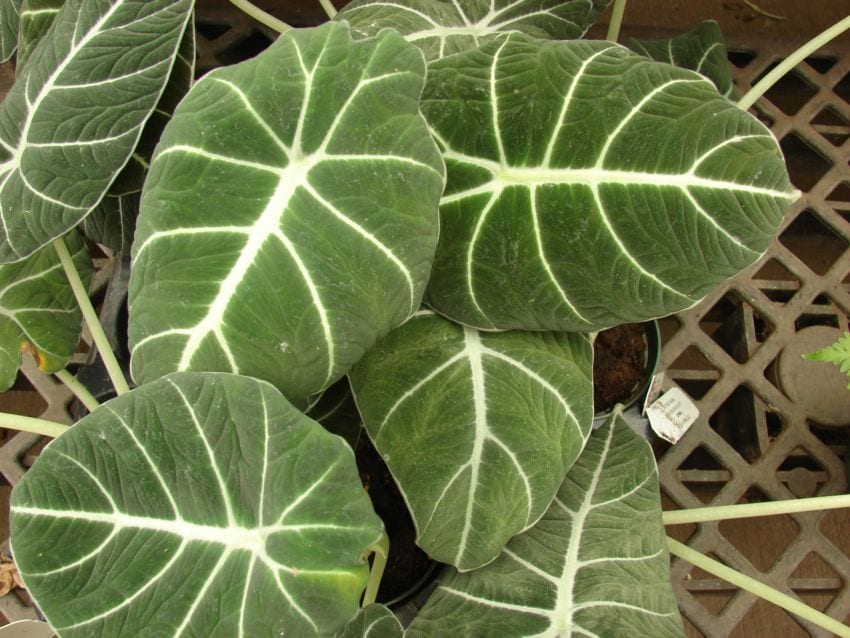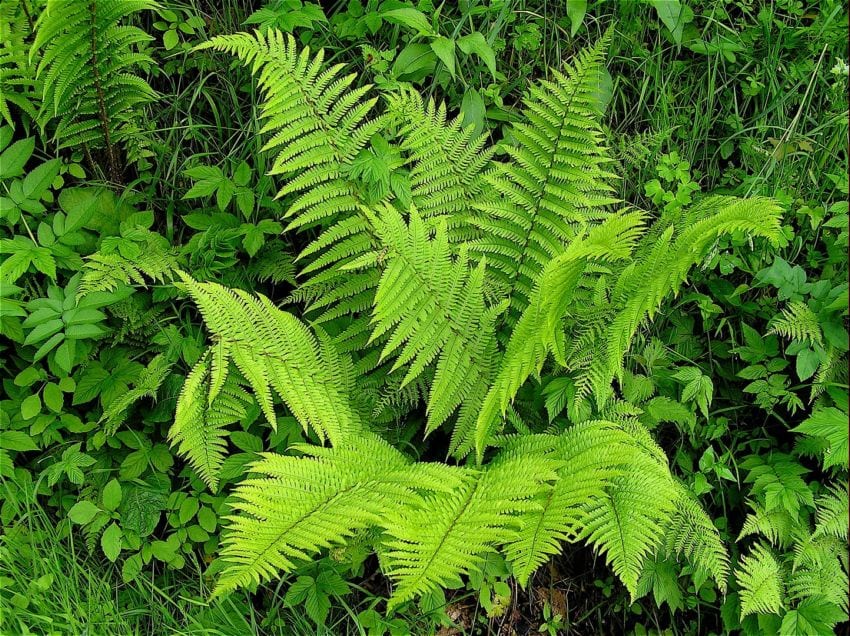
In the bedroom it is often said that it is better not to put plants, because they absorb oxygen and expel carbon dioxide. But the truth is that this there is nothing harmfulUnless we wanted to turn our room into a jungle. If we put some plants we will make the place of our dreams have more atmosphere.
Here are three plants for bedrooms that do not have much light, in addition to offering you several tips for proper care and thus ensuring that you have healthy and beautiful plants all year round.
Calathea

Plants of the genus Calathea They are native to the tropical and subtropical rainforests of Central and South America. They can reach an approximate height of 60cm depending on the species. Its ornamental value lies in its leaves, which are of different colors: some are green, others are redder, ... They have been known for many years as indoor plants. In fact, our grandmothers already cared for them at home.
In cultivation it is not too demanding. A transplant every two years, and a weekly or fortnightly watering depending on the humidity of the substrate, will be enough to keep them healthy and strong.
Alocasia

All the Alocasia They are native to South America, Oceania and Asia. There are about 70 species, and each of them has its peculiarity. Some of the most tropical, can have very large leaves, up to 1m in length. However, those used as indoor plants are smaller in size.
Its growth is medium-slow, and it does not usually have pest problems, although it is advisable not to exceed the waterings, which will be done every time the substrate is almost dry. We can pay it from March to October following the manufacturer's recommendations.
ferns

The Ferns they are one of the most popular indoor plants. Their low light requirement and easy cultivation make it possible for us to decorate our home with them. They can be found on virtually every continent except the poles. There are some that grow to a height of 4m, but most do not exceed 40cm.
In cultivation they need constant humidity, but avoiding waterlogging as this could damage the roots.
Which do you prefer?